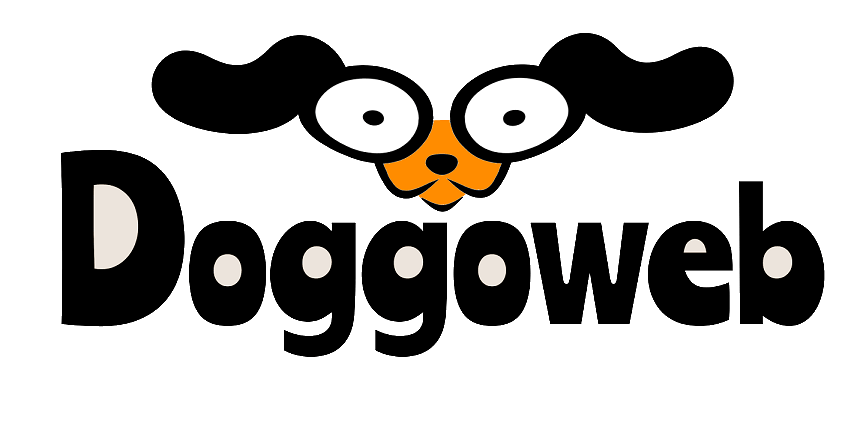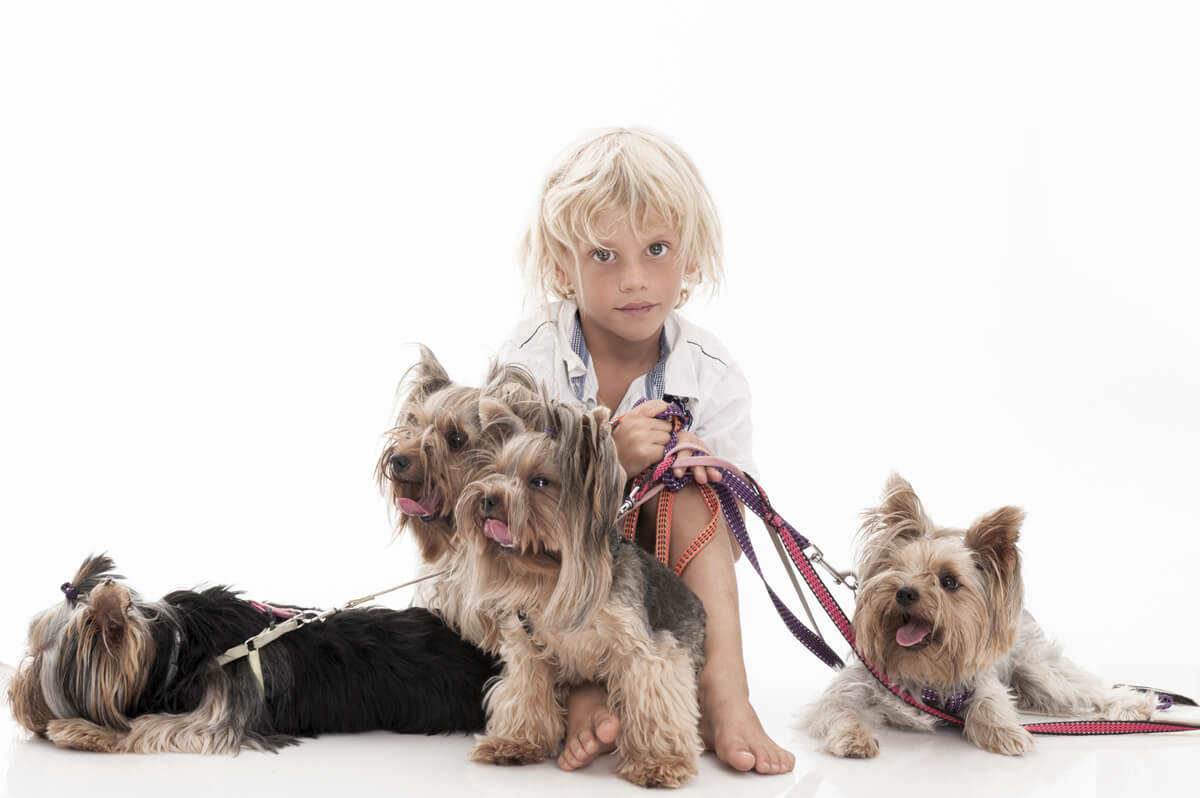Basic Dog Training Terms
The belief that basic dog training can be started as soon as they reach six months of age is a common misconception. Our position is that dog training is about creating a common language and building a relationship with the dog, so it is necessary to begin working with him the moment he arrives at our home.
Pack / Leader
Since dogs are descended from wolves, they are pack animals, which need a leader to lead them. The role of a pack leader is to act as a parent, mentor, leader, and guardian for the dogs in the pack. A human leader doesn’t have to be powerful, but one who gives rights and accepts duties. Like our children, the dog needs you to be confident and establish rules and boundaries to remain well-behaved. As the leader of your dog’s pack, it’s all about the two of you getting to know each other better. The way wolves are led isn’t cruel or archaic, but they do have a hierarchy. Your dog needs a clear set of rules that you stick to. Our pooch must be at the bottom of the family hierarchy in order to maintain a balance in his behavior.
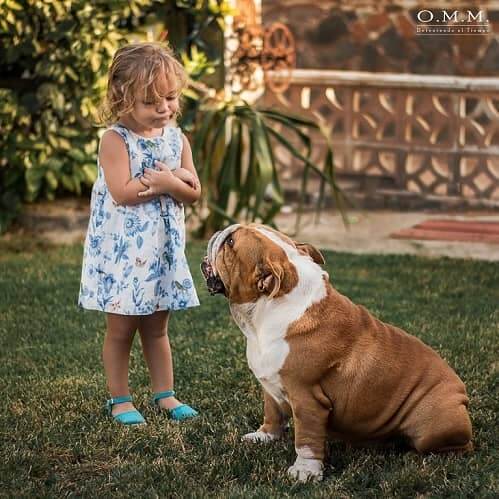
Positive Approaches
Training techniques which are based on trust and reinforcement of the dog’s behavior. The dog is a pack animal and the owner is the leader. Based on the perception that the dog would like to please its owner, it has the motivation to do so. When your dog does what you want it to do, reward it by giving it a treat for doing so. When you praise your dog for doing the right thing, he or she is more likely to do it again. We should impart the thought pattern to the dog, “What will I do to please my owner?” For example: When the dog sits next to me, I will praise him or say “Good Dog” and pet him.
Preventive Approaches
Methods of training that are based on fear, respect, and pain. We are the pack leaders of the dog. This perception is based on the fact that the dog respects and fears the leaders. We tend to think of dog training as a fix-all rather than a proactive measure. This is rarely a result of a lack of attention. Most people are unsure of what prevention entails and are worried if they would need a lot of time and effort. The thought we should impart to the dog is, “What will I avoid in order to avoid discomfort?”. For example, I’ll wear a choke collar on my dog so that he won’t pull me while walking and every time he pulls, I’ll stop him with a strong pull on the leash so that he feels uncomfortable and stays close to me.
Developmental Stages
Dogs live through several significant stages in their lives. (the stages divisions depend on the size and breed of the dog and therefore the data are general):
Neonatal Stage: 0 To 2 Weeks
In the nursing phase, where their eyes are closed, begins to control the maternal space. At this age, they are fully reliant on their mothers for all of their nutritional and personal care needs. The ability to feel and taste is there from the moment of birth. Puppies in their first few days of life can only move at a crawling pace.
Transitional Stage: 2 To 7 weeks
A critical stage in the pup’s development. Puppies should be weaned off of their mother’s milk by the time they are eight weeks old. Before the end of this period, he should not be separated from his mother, even if he has finished breastfeeding. When puppies are two to four weeks old, they learn about it and engage with their littermates. Five weeks after birth, their eyes are open and their vision is fully developed. Their baby teeth begin to erupt, and their hearing & smell are maturing. Puppies learn to walk, bark, & wag their tails at this stage. Puppies were able to eliminate on their own after this stage.
When a baby is born, the process of weaning begins. Puppies should be introduced to solid food around the age of three weeks. In a shallow bowl, give the puppies a small bit of soft food.
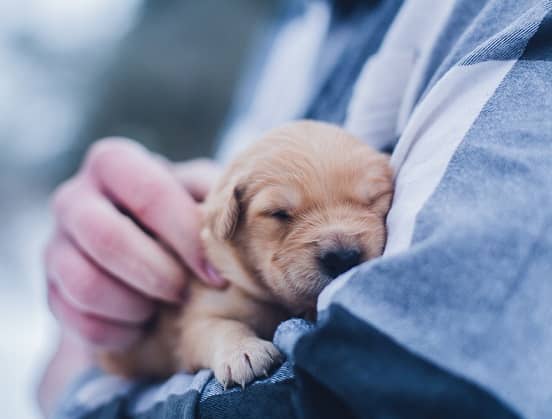
Basic Dog Training, Vaccinations, And Socialisation: 3 To 16 Weeks
Puppies remain to be impacted by its mother and littermates between the weeks of four and six. Playing with their littermates helps them develop social skills. Through it, he will learn the canine language, how to surrender, how to subdue, learn about the form of canine relationship from his mother, and his first cleaning habits. Puppies also learn about the hierarchy and structure of the pack. Play barking and snarling begin to appear in puppies during this period.
If the mom is violent or afraid of humans at this point, the pups may be affected. Puppies should be exposed to a wide range of people, including both young & old, male & female. You should also introduce your puppy to a wide range of everyday events, such as vehicle rides, vacuuming, and doorbells, throughout the socializing stage. When puppies are young, it’s beneficial for them to learn how to handle their feet and other parts of their bodies.
Establishing Hierarchy: 4 To 6 Months
First socialization in space, introduction to the new pack and the surrounding environment. Starting with behavioral shaping and potty training outside of the house. A dog during this period is like a computer: it retains whatever information it learns.
By the time a dog is 5.5 months old, the dog’s teeth are completely replaced by fleshy adult teeth, and it officially becomes a mature puppy.
You may notice everyday changes in your puppy’s appearance and size throughout this time. Even if puppies are prone to overdoing it, don’t overexert your dog. Puppies begin to employ rankings in their group structure—that is, they begin to see where they fit in. A fear period that lasts roughly a month may appear out of nowhere for puppies. Again, this is a normal aspect of puppy development and it should not be a cause for concern.
Adolescent Stage Training And Socialization: 6 To 12 Months
As the puppy matures, it perceives confidence and gains control of the space. He also starts to be aware of his sexual identity.
In people, this is called puberty, and in dogs, it’s the Adolescent stage. During this stage males express their sexual identity by lifting their leg while defecating, in females, it is expressed by the first maturation period. Castration/neutering moderates these changes.
As with most adolescents, puppies can be rather excitable, so it’s important to keep working with your dog on basic dog training and socialization while they’re still young. Your puppy needs to be socialized and trained if you want her to be able to interact with other dogs and humans in public settings like dog parks and beaches.
Social Maturity And Ongoing Training: 1-2 Years Old
During this period, the dog will go on a long trip abroad, start working, go to college, earn a diploma, fall in love and choose another course of study, or in other words Your dog is now an adult, although changes in the social preferences & habits can continue for up to two years after this point in their life. Having a dog in the family can be a daily joy if your dog is well-trained and respectful of all members of the household. At this point the dog has almost completely shaped his character and attitude toward the environment.
24 months and above
Maturity. The dog is already on the road of life. It is more difficult to make him change his habits and character.
Aging
- Huge dogs from the age of 7
- Big dogs from the age of 9
- Medium dogs from the age of 11
- Small dogs starting at age 13
All animals, as well as all cells, tissues, & organs within the animal, go through the process of aging at some point in their lives. Every animal ages at a different pace, and each type of tissue/organ system has its typical aging rate.
Aging in dogs expressed with loss of position in the hierarchy, accompanied by weakness and collapse of his physical system and darkness of the senses.
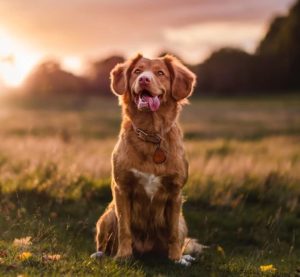
Shaping / Weaning
In our handling of the pup, we’ll try not to allow him forbidden behaviors. So we can focus on shaping the puppy as we become more accurate rather than trying to wean it. A behavioral rehab process is typically long, tedious, and rarely produces perfect results. While behavioral shaping is slower, it will last longer and be more effective. For instance: Before we allow our pooch to roam freely in the yard, we will secure it hermetically so that he cannot escape, as if he finds a way out, it will be hard to train him to refrain from jumping out again.
Socialization
Exposure. It’s super important for the dog to be familiar not just with the pack, but also with the rest of the world outside the pack (such as people, cars, dogs, and other animals, in addition to noises and bicycles, etc). Interactions with other animals, people, locations, and activities make dogs more comfortable, thus making them social and will prevent the dog from being scared of new things or acting aggressively towards other dogs.
Rights / Obligations
It’s not just about taking care of their mental and physical health; it’s also about maintaining a strong sense of trust.
As leaders, it’s our duty to respect our dogs’ rights, accept them, and let them have a full range of choices for exercising those rights. After our dog has exercised all his rights, only then will we be able to ask him to perform his duties.
First Right
Burning energy: ‘A tired dog is a satisfied dog’. When we do not exhaust all our dog’s energy, he will become frustrated and will express that frustration in different and varied ways, most of which will not be acceptable to us. Dogs that are not given enough exercise may exhibit behavior problems, such as biting, jumping, barking at family members, damaging the garden, digging holes, and wanting to run away from the yard, among many others.

Second Right
Unlike what people think, discipline is a right, not an obligation. An educated puppy is the goal of every new pet parent. As good leaders, it is our duty to clearly define boundaries for our dogs, explaining to them what is and is not acceptable.
Practicing all the basic dog training of discipline (sit, down, stay, come, heel) on a daily basis will help us improve our skills and teach him new ones – It will strengthen our bond and make him feel more confident dog.
Every family member should practice discipline with the dog, especially the kids. We won’t practice the discipline all the time, this only happens after our dog has burned enough energy.
Third Right
Granting affection and love. Usually, this right is the first and sometimes the only one that a dog receives from its family. Dogs are not human beings, therefore they have different needs than we do, so before showering affection and love on a dog, I will provide him with the first two rights – spending energy and discipline.
Eating Habits
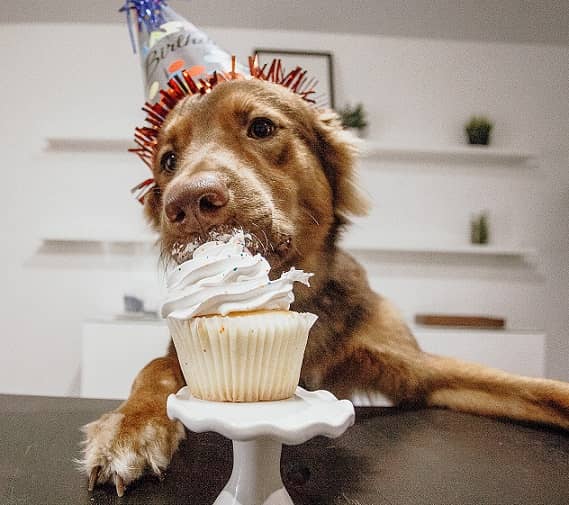
Types Of Crying
Despite not being able to communicate verbally, dogs are amazingly good at interacting with humans. We know that dogs communicate with body language and vocalization, but it can be tricky to figure out what those sounds mean.
When faced with a variety of situations, the dog uses howls, moans, and barks as a form of communication. When a dog whines from frustration (for instance, when confined in his den), we must ignore him. Once we learn how to completely ignore the cry of frustration, we will teach the dog that he didn’t get anything out of using it.
Dogs sigh and moan when they are happy and sad. It is common for puppies and older dogs to sigh and moan when they settle down for the night. In other cases, your dog may be frustrated that she hasn’t been able to fulfill her desire to play/go for a walk, and she may let out a big sigh or moan as a result.
To be able to distinguish between a cry stemming from an appropriate need (such as when the puppy has needs), and one that is indicative of frustration, we should pay close attention to his whole body language. A sob of frustration will rise to a high pitch, whereas a sob of pain or other need will be quiet and circular.
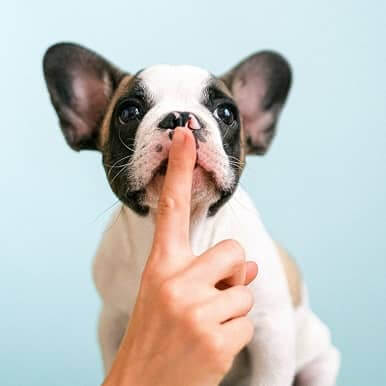
Den
Dogs are nocturnal and like to live in their dens. Based on the wolf’s den, the “den” must be easily accessible, well-insulated from cold and heat (moisture, sun), and situated in a corner, but in a prominent manner, so that it dominates the entrance and exit routes. Having a positive linkage memory is extremely important for them to go in there and feel safe (e.g. eating in it, getting attention, resting in it, etc).
Therefore, when your dog is feeling overwhelmed, it needs a place that will be “his room.” You may notice that your dog chooses a chair, a corner behind the couch, or a space between both the bed and the wall when he is anxious or stressed.
Playpen / Bed
A playpen is an excellent option for both you and your dog, especially if your dog is at times reckless and destructive. A dog playpen is a fenced-in area where dogs may walk and play without fear of injury. Our pooch can have more freedom in a playpen because of the moveable fences that are commonly used to construct them. This includes a dog’s bed, water, and other necessities like toys and food. Having a safe area to play, exercise and relax is a necessity for this boisterous canine.
Dogs are typically energetic, no doubt about it, and just like with kids, we need to decide if we can trust the dog. If we trust him, then he will be able to enter the den (the bed, the crate, his area) and leave it unlocked. In the event we can’t trust him for whatever reason due to unclear rules, damages, or boundaries, we’ll have to control his entry and exit. A dog playpen can be simulated with an open flight cage with a fence around it, or if you don’t have this space, you can attach a leash to a wall hook (preferably a chewproof leash, so the dog won’t destroy the leash).
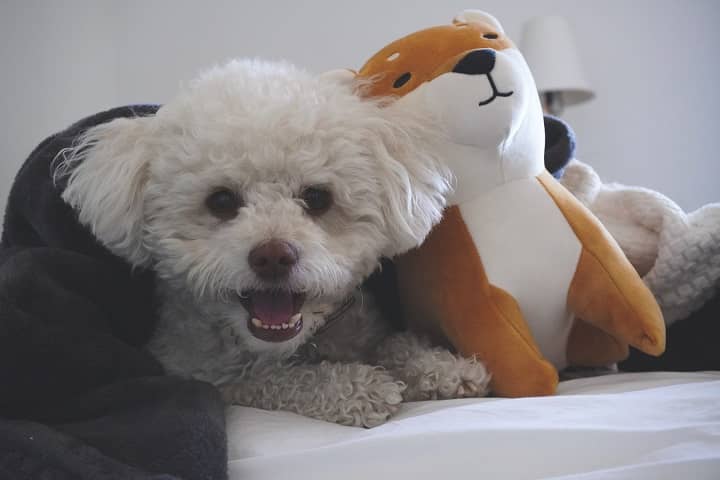
Internal Territory
When a dog joins our family, he becomes part of our pack, and we share the same living space. In most cases, the internal territory means a space in the house where a dog can lie down comfortably and no defecation will occur – like a coop or cage\playpen inside the house where his chew-toys and bedding are kept. Whenever a dog lives indoors, we must make it clear to him that all areas of the house are considered his internal territory and we will help him avoid defecating indoors.
External Territory
Dog’s daily movement space – this usually consists of garden/yard garden/yard of the house or the daily walks where he plays and performs his needs. A dog that lives outdoors is often more active than one that lives indoors. Therefore, in the case of an apartment, everything outside the building will be considered external territory.
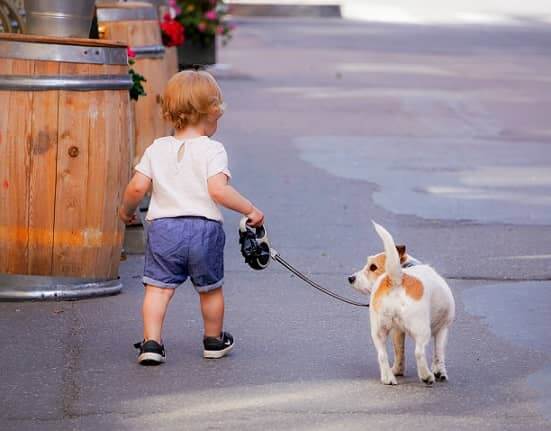
Bladder Control
Unlike adults, pups are unable to control their bladders. It is common for them to run away as pee drops when they are frightened or excited. When he does this, you shouldn’t get upset. Just learn the reason behind it and be prepared for it in the future. It is best to clean up and try again when he is excited or afraid next time, rather than to exacerbate the situation.

Three Situations At Home
We must never leave a dog at home we do not trust unless it is in one of the following situations:
Released under our supervision
Despite its importance, it is also the most challenging to implement. The idea is to let the dog run freely around the house while at the same time teaching him what is expected. We can’t teach our dogs what is and isn’t acceptable behavior if the dog doesn’t the a mistake first.
Bounded in his crate without the need for supervision
We need to teach the dog to sleep in his designated spot without worrying that he would defecate or do damage to the house while we are away. Taking the dog for a good walk or exhausting its energy will give him the opportunity to pee before we demarcate him. Every time the dog is demarcated, we offer him a toy, bone, or chewing food to tinker with and distract him so that the demarcation does not become associated with something bad.
Tie Down
A leash, rope, or cable with a length of 2 feet or more attached so he can lie next to us – We have him lie next to us with the leash when he cannot be released or watched and we do not wish him to remain in the den for a long period of time.

Are you ready to test yourself?
The quiz below is one of five, if you pass it, you will receive part of the password for the final quiz. All five tests must be passed in order to attach the password and gain access.
Check our latest posts
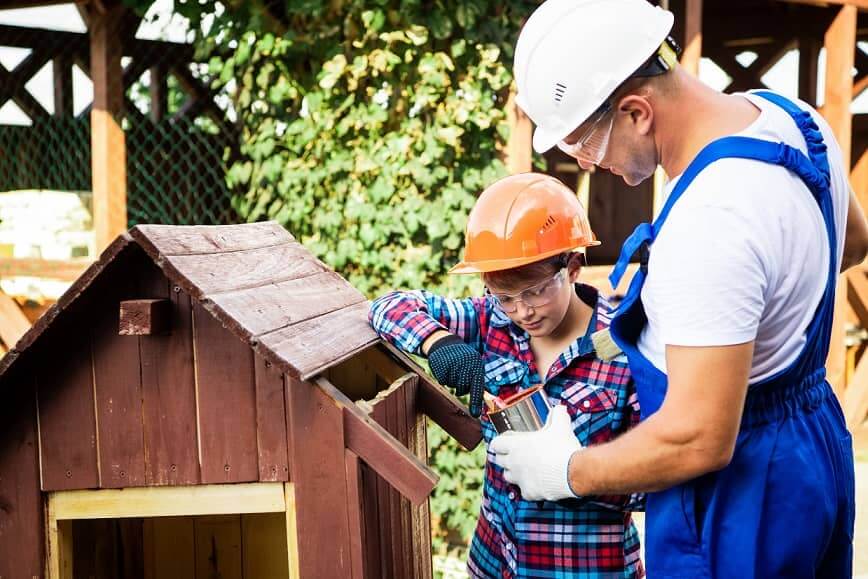
Making a Dog House Like an Expert
In order to help you begin your project to build a house for your furry friend, we have put together some tips to consider. This is because building a house for your furry friend is more than just nailing wood together and painting it. There are some features to take into consideration in order to construct an ideal doghouse. Make a plan!

10 Winter Activities for Dogs
Winter can be a difficult time for both humans and our furry friends. While you’re curled up with a warm cup of hot cocoa, your
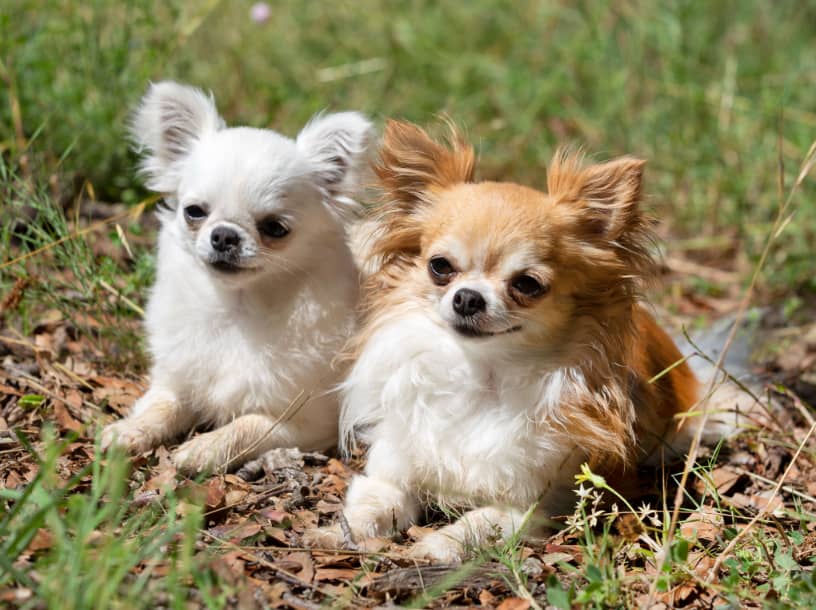
Dog Facts: The Chihuahua
The Chihuahua has a long and interesting history. What’s the story behind it? The following is a bit of an introduction to the history and facts of this small but mighty dog!
